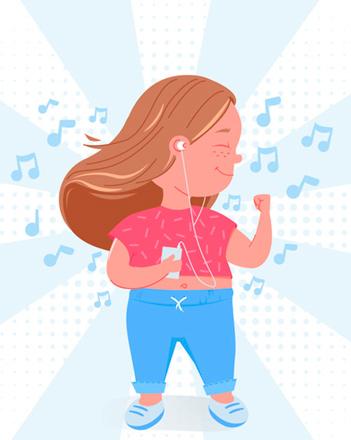You are here
Will BPG push JPG out?
By Jean-Claude Elias - Jan 22,2015 - Last updated at Jan 22,2015
If you have adopted JPG-type photos many years ago and have made it your standard way of taking, scanning, viewing, saving and exchanging photos, you may want to keep an eye on the newcomer to the image compression market. It’s referred to as BPG that stands for Better Portable Graphics. It has been recently announced as a standard that is able to generate pictures twice as small as JPG, and with comparable if not superior quality.
The question is do we need a new image compression system? And if yes why?
Ever since German company Fraunhofer Gesellschaft introduced their now famous MP3 audio compression system, circa 1995, the compression of digital audiovisual material has been making the headlines and capturing the consumers’ interest. Be it for photos, videos or sound, the compression of digital audiovisual contents is everywhere and is definitely a must.
By any standard, digital compression is a big thing, overall.
By making digital contents smaller you do not only save storage space and consequently can squeeze more on a given media, you also and more importantly save Internet bandwidth and cut transmission time when sending and receiving the files. It is actually this second advantage that matters most today, now that storage is inexpensively available and in mammoth size — terabyte large disks having become common staple amongst consumers or even in the cloud.
Will BPG become a widely used standard, supplanting the ubiquitous JPG? It is much too early to say. Promising smaller file size is important but is in no way the only aspect to take into consideration when going for a new standard.
Take JPG for example. It has a major flaw that many consumers are not aware of, or in the best case are willing to live with. Each time you open a JPG photo with an image processing application, apply some settings and changes, and save the photo, you reduce its quality a little more. Do it six to eight times and the degradation becomes noticeable — and unpleasant to see. And sadly, it’s irreversible. Which is why professionals prefer to stay with uncompressed photos (Raw, Nef, Tiff, and so forth), to avoid such issues.
Will BPG exhibit the same “weakness”? We are anxious to find. It would also be interesting to see if saving a photo as BPG, or simply opening it for viewing, will be as fast as saving it or opening it as JPG.
JPG is not the only image compression standard used today but it is certainly the most widely used. To its credit is the fact that virtually all devices support it, from TVs, digital cameras, computers and smartphones. All software applications today are able to display or process JPG. How long will it take till BPG becomes as versatile and universal as JPG has become? How fast can the industry adapt and make the change to host and to process BPG?
Most of us already have hundreds when not thousands of photos in JPG format. Are we going to convert them all to BPG? Well, for a start it would not make much sense for, as said above, any “additional” conversion of already compressed files will inexorably result in a loss of quality. So whatever we have as JPG should stay as such. Using and adopting BPG will — maybe — make sense only for new image material that will be started as BPG, without going through any other intermediate compression scheme.
Some innovations make the big time while others don’t. Google glasses for example seem on the road to oblivion, before they even went global. Let’s see this year what BPG will bring us. At least it’s one innovation to watch. For now it presents at least one plus — that is in addition to its twice better compression capability. A comparison of JPG and BPG photos on the web, at the same level of compression, give a slight advantage to BPG in terms of image clarity, sharpness and resolution.
Related Articles
What do the MP3 music and jpg photos digital formats have in common?
Professional photographers and amateurs for whom photography is more than just candid snapshots taken with an average smartphone or camera a
By now most of those who are above say 45 or 50 have digitised the music and the photos they used to collect and keep in older, analogue for















